- youtube
- bluesky
- Home
- About
- Costume Journal
- Membership
- Conference & Events
- Grants & Awards
- News & Social
In this week's blog, Ambassador Francine McMahon reviews the recent Costume Society trip to Manchester. In the post, we relive the day across Manchester Art Gallery's 'Dandy Style' exhibition, talks with the exhibition curators, a talk with Benjamin Wild, and the glorious afternoon tea at MMU Business School's GROW Cafe.
On Friday November 18th, the Costume Society braved rainy Manchester on the promise of a day filled with menswear-themed delights, in line with our ongoing Year of Menswear. Our first location of the day was Manchester Art Gallery. The Greek revival style building is almost comically contrasting with the growing city around it, much changed since it first opened in 1835. This year, however, marks a new era for the gallery; its extensive costume collection has been rehomed to the central gallery after 75 years based at Platt Hall, a house just outside of the city centre. The first display of the costume collection in the new dedicated Fashion Galleries is the ‘Dandy Style’ menswear exhibition, making an apt start to our trip.
Before getting to explore the exhibition, we first gathered for a talk with the curators of ‘Dandy Style’; Costume Curator Dr. Miles Lambert, researcher and professor Dr. Shaun Cole, and Fine Art Curator Rebecca Milner. The panel was also joined by Rosie Gnatiuk, a Costume Curator at Manchester Art Gallery, who gave us an insight into the move of the costume collection, the future of Platt Hall as a community-focused cultural centre, and the development of the new Fashion Galleries. In the talk, Miles, Shaun and Rebecca each shared not only background behind some of the pieces in the display, including delving into the conversations between different works displayed together, but also gave an insight into contending pieces that were not included. Additionally, we were treated to behind-the-scenes insights around the planning process, mood-boarding, and object acquisition.
I was personally particularly interested in the choice to do a menswear-focused exhibition, particularly given this was the debut exhibition in the space. As Miles Lambert explained, men’s fashion is particularly underrepresented in dress history studies, but particularly in museums, so it was really inspiring to see them contributing to a turnaround in this convention. Further, many of our members may have visited the V&A’s ‘Fashioning Masculinities’ exhibition this year, and will be pleased to know that the curators from the V&A and Manchester Art Gallery kept in touch during the planning of each of their shows to ensure they complimented each other rather than repeated. No excuse not to visit both now! Especially engaging was hearing about the links between the objects of fashion and art, and how the curators are putting significant focus on displaying them as one and the same in not only this exhibition, but in future displays also. As strong enthusiasts of dress and its history, I’m sure we can all appreciate this value, recognising costume as a form of art and encouraging making interpretive links between the two categories of fashion and fine art.
Following the talk, we were raring to see the exhibition for ourselves, armed with the context, insights, and inspiration we’d gained. The exhibition was spread across two rooms, which was used to divide the two themes, Tailored Dandy and Decorated Dandy. Each room was introduced by a portrait aligned to their respective themes by the artist Lubaina Himid. The galleries have been newly designed specifically to show costume, and they do so spectacularly. Among the highlights within the Decorated Dandy room, the first of those we visited, were embroidered and patterned waistcoats, jackets and suits displayed in the specially designed L-shaped cabinets around the edge of the gallery. A particularly exciting discovery was a 19thcentury maroon wool smoking jacket conserved for the exhibition with the Elizabeth Hammond Costume Society Grant; a full circle moment for the Society being able to see the benefits of its work in person on our trip!
Each of the displays were enhanced with the conversations between contemporary and historic objects of dress, fine art and photography shown by displaying them alongside each other. A 19th century wool coat of the 63rd Regiment of Foot (which later made up part of the Manchester Regiment), displayed alongside a 1989 red wool tunic of the Grenadier Guards drummers spoke perfectly to the iconic musical images of Mick Jagger, Harry Styles, and Yung T and Bugzey, all dressed in the now iconic braided red military style jacket. Throughout the exhibition, I was inspired by the way in which the considered curation brought out these links across times and contexts, which really appealed to my appreciation for dress as a medium for communication and expression, while also encouraging me to develop deeper interests in each of the individual objects and people featured.
Central to this gallery was a display of contemporary pieces; boiler suits, two pieces and jackets in bold prints. Almost camouflage in appearance, these pieces really spoke to the conversations between gender stereotypes, and seeing eccentricism and confidence as embodied in ‘dandyism’. Against the backdrop of the ‘decorated dandies’ chosen to represent this theme, including figures such as Oscar Wilde, Charles Jeffrey and Tinie Tempah, I personally felt heavily inspired by the joy, expression and creativity that is so intrinsic to dress, but has been so often overlooked in conceptions of men’s dress.
Next, we ascended the stairs to the Tailored Dandy gallery, again met by a Lubaina Himid portrait to introduce the theme. While simplicity was a commonality here, the pieces were by no means boring. In this gallery, notably dapper figures such as Beau Brummell were used as representatives of the theme; apt given Brummell’s pioneering of the more tailored, simplistic style, that inspired a new era of menswear. Representations of colour here were more evident. Brown velvet jacket and waistcoat pairs from both the 19th and 20th centuries sat perfectly alongside a multitude of portraits of artists and creatives including not only Oscar Wilde but also Charles Conder sporting similar styles, speaking to the aesthetic dress movement that swept up artists and creatives across a variety of medium, as a ‘uniform’ of sorts.
Another icon of the tailored dandies represented in the gallery was Edward VIII. Painted in an official royal portrait dressed for the polo, the Duke of Windsor was a perfectly selected figure to demonstrate the similarities between the tailored and decorated dandies; a penchant for difference, a perhaps unusual pride in their appearance, appreciation for detail, and in many ways a natural flair for self expression in dress. This again was enhanced by his portrait alongside David Hockney’s ‘Peter C’, which we had found out in our earlier curator talk was a portrait done by Hockney of his friend who was known for always wearing a specific suit (the boxy jacket and slim legs enhanced by Hockney’s choice of canvases). Again, these juxtapositions across the galleries gave us much food for thought and presented a great overview of the themes encompassed in menswear across history.
Having sufficiently explored ‘Dandy Style’, it was time to head to our next appointment at Manchester Metropolitan University. Here we were met by Dr. Benjamin Linley Wild for his talk: ‘Why don’t men wear high heels?’. In this, we took a journey through time, exploring trends in men’s footwear – and what ideas of gender, power and expression these can be traced to. We started with eccentric footwear from menswear past; examples such as extended toes, 17th century shoe roses, and Louis XIV’s talon rouge, each signifying power and wealth. However, post-industrial revolution, Ben highlighted that men no longer aspired at being beautiful, only useful. It was amusing to consider whether this is true of the men in our own lives… Nonetheless, we also explored examples of more exuberant men’s footwear from the last 60 years, classic brogue styles but in bold colours, or highly detailed biker-style boots with hyper-masculine styling for editorials. I came away inspired by the reminder that how humans dress represents so much more than just covering our bodies, but with a particular interest in the intersections between gender norms and expectations, utility, and messaging that are tied up in men’s fashions and their changes over time.
After the excitements of the day, we were all ready for our final activity, a costume themed afternoon tea hosted by our trustee Haleh Moravej at the GROW Café at Manchester Metropolitan University Business School. Designed and made by Haleh and a group of her students, we were met by a breadth of amazing food in a beautiful setting of wonderfully kitsch second-hand furnishings and tea ware. Treats on the menu included elevated afternoon tea classics; sandwiches, gorgeous chou swans, aptly dressed gingerbread people, chestnut macarons, rose-shaped tarts, bonbons, and vegan scones. After the business of the day, it was lovely to catch up over the delicious spread, and to meet the wonderful Haleh. Not only this, it was a pleasure to witness and appreciate the students’ hard work, creativity, and commitment to nutrition and sustainability. A fantastic end to an inspiring day, for which I must extend huge thanks to our amazing Committee, ambassadors, the members who attended and made the day so fun, and of course the friends of the Society who collaborated with us to make all the activities possible!
Image gallery
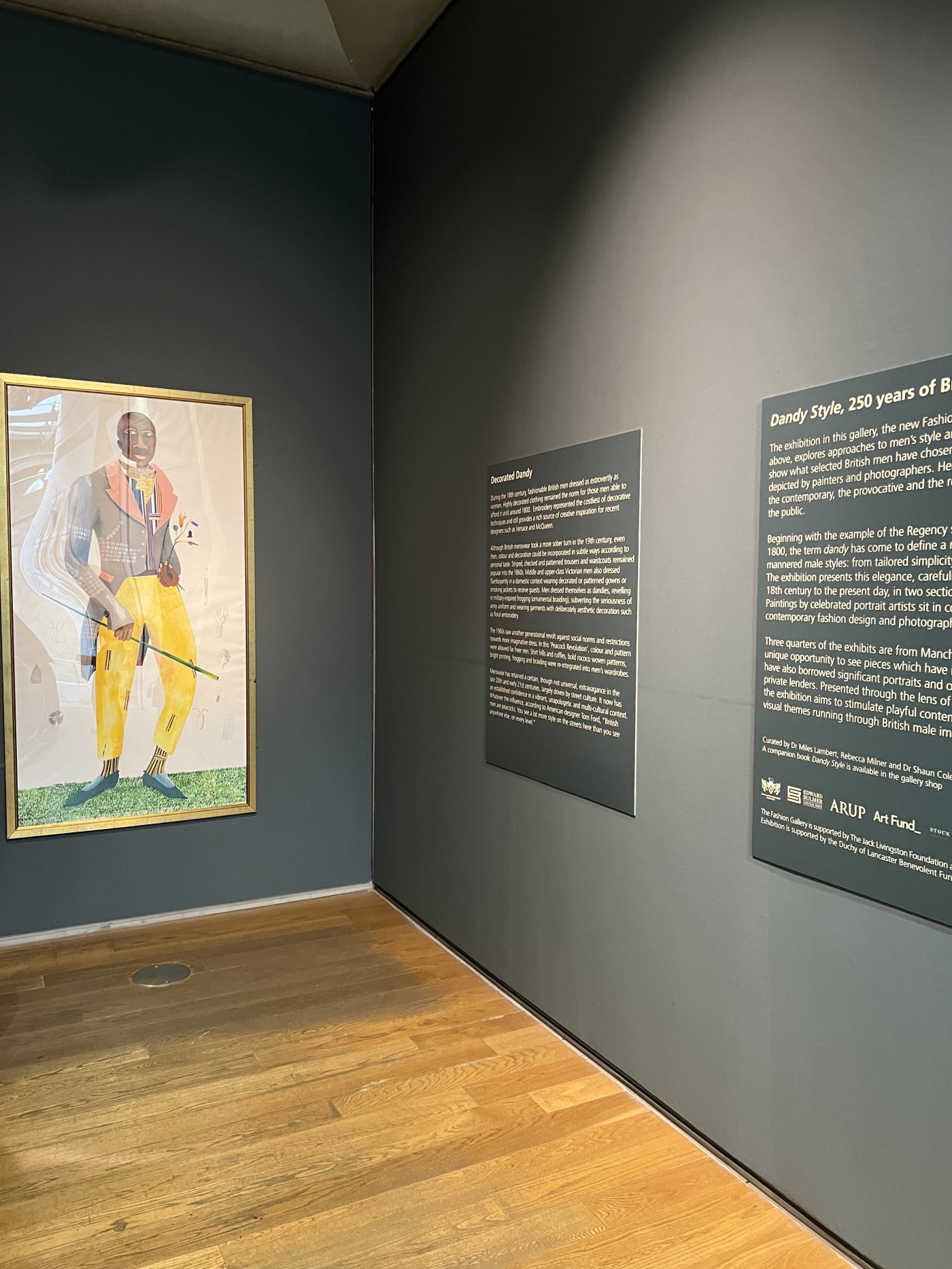
Lubaina Himid's Decorated Dandy portrait
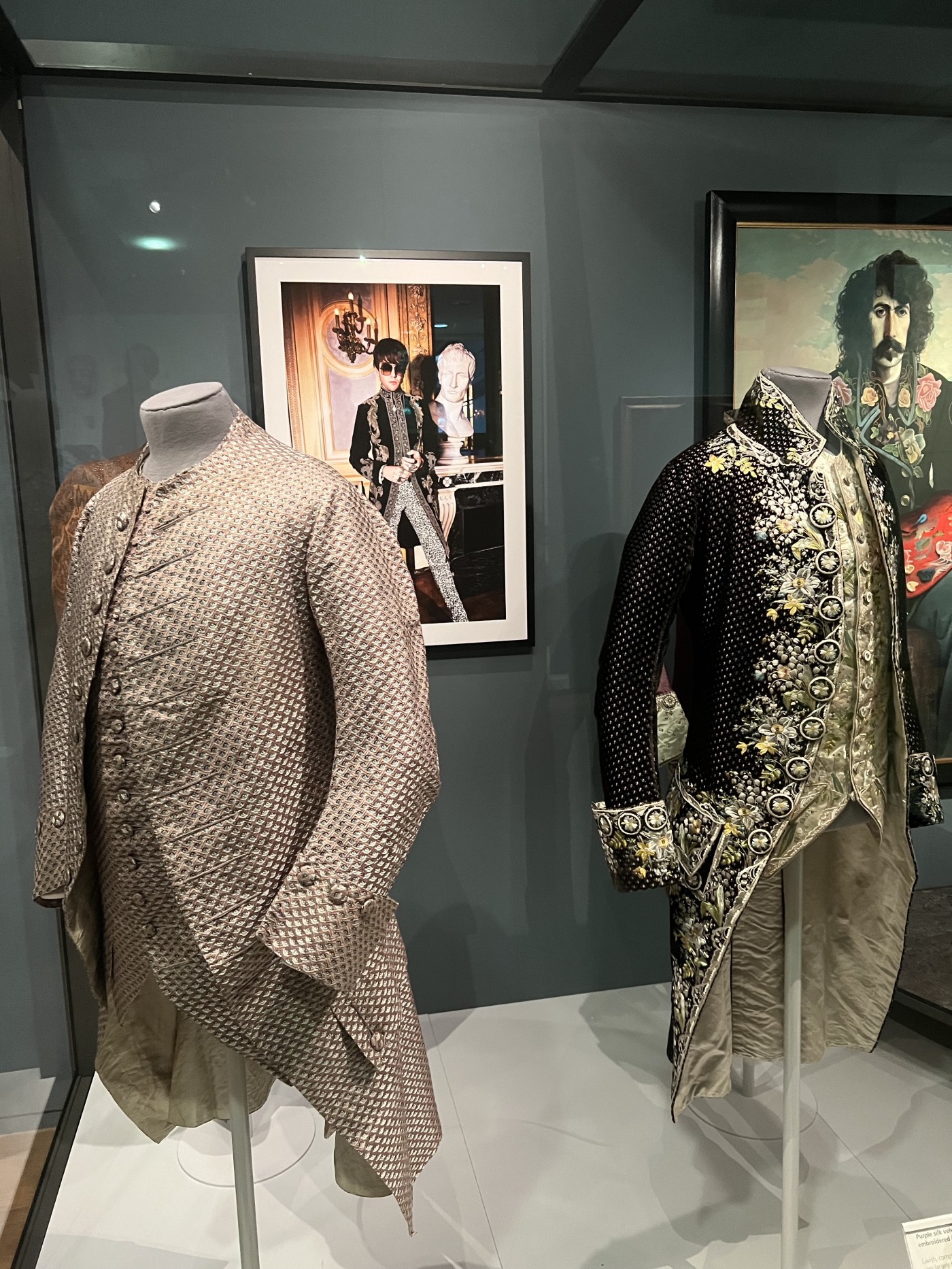
Embroidered jacket and waistcoat pairs on display in the Decorated Dandy gallery

Patterned jackets and waistcoats on display in the Decorated Dandy gallery
![]()
Patterned sets overlooked by the icons of the Decorated Dandy gallery
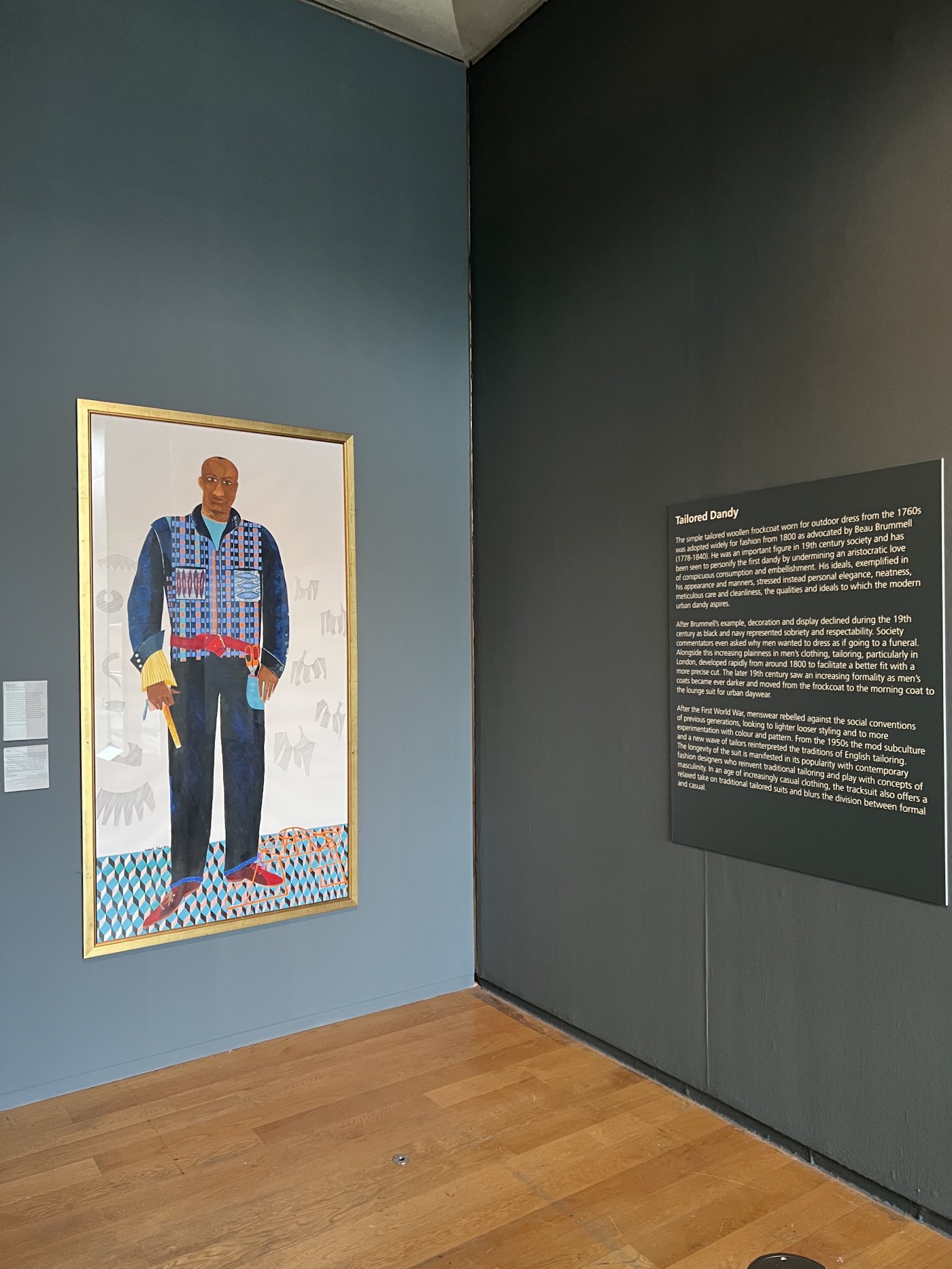
Lubaina Himid's portrait of a Tailored Dandy at the entrance of the gallery
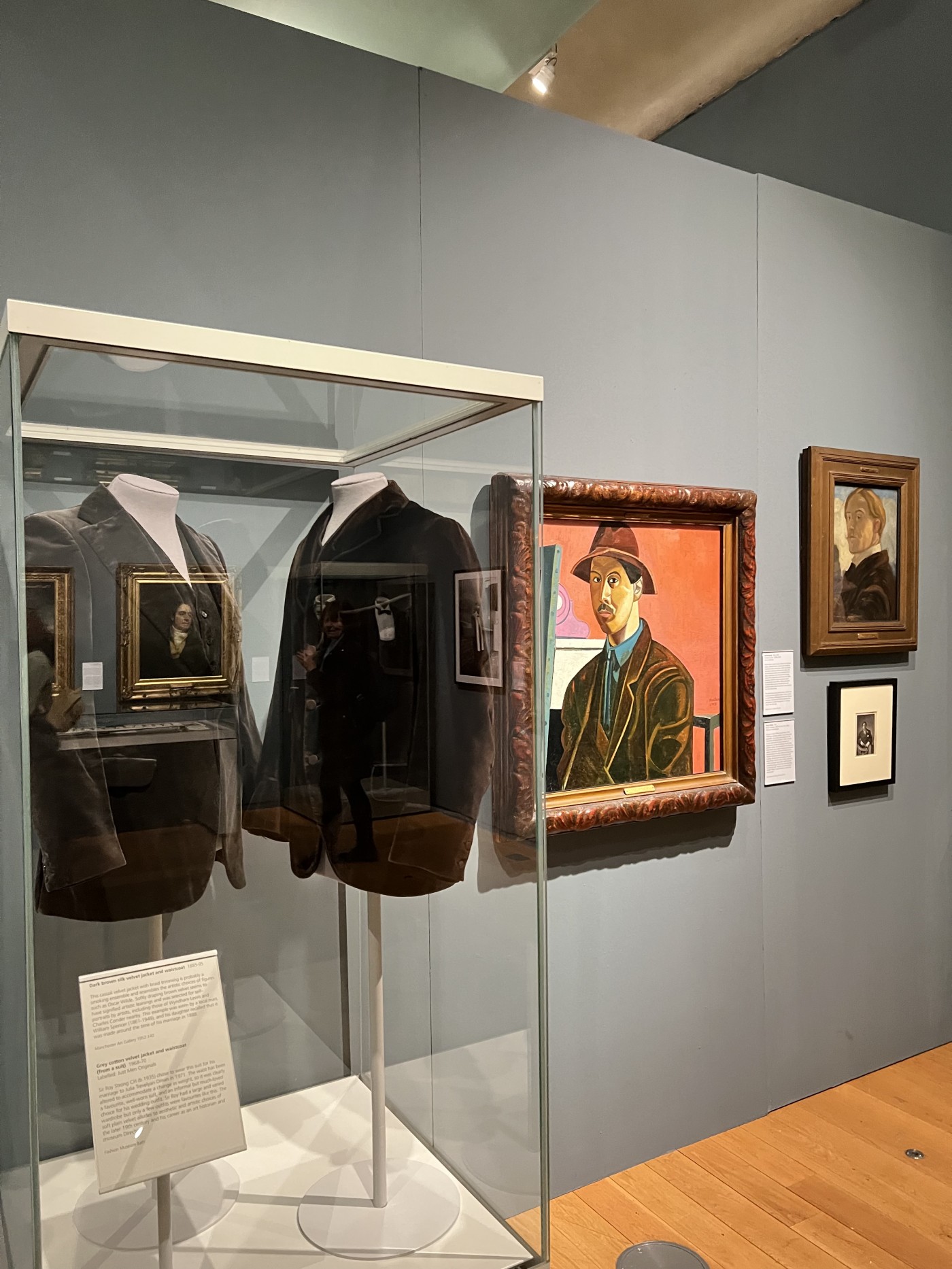
Brown velvet jackets and their artist wearers on display in the Dandy Style exhibition
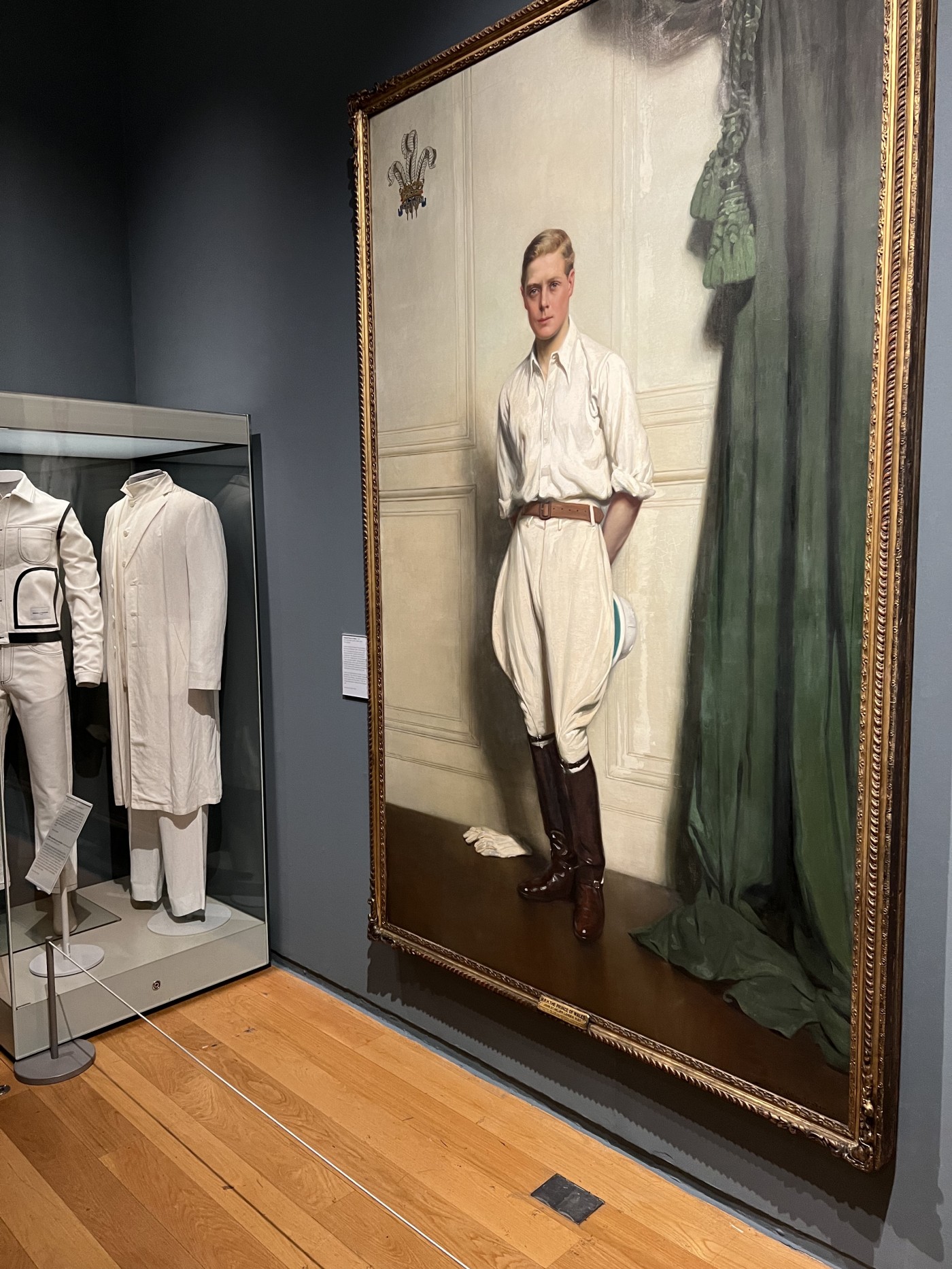
A portrait of Edward VIII in polo attire on display in the 'Dandy Style' exhibition
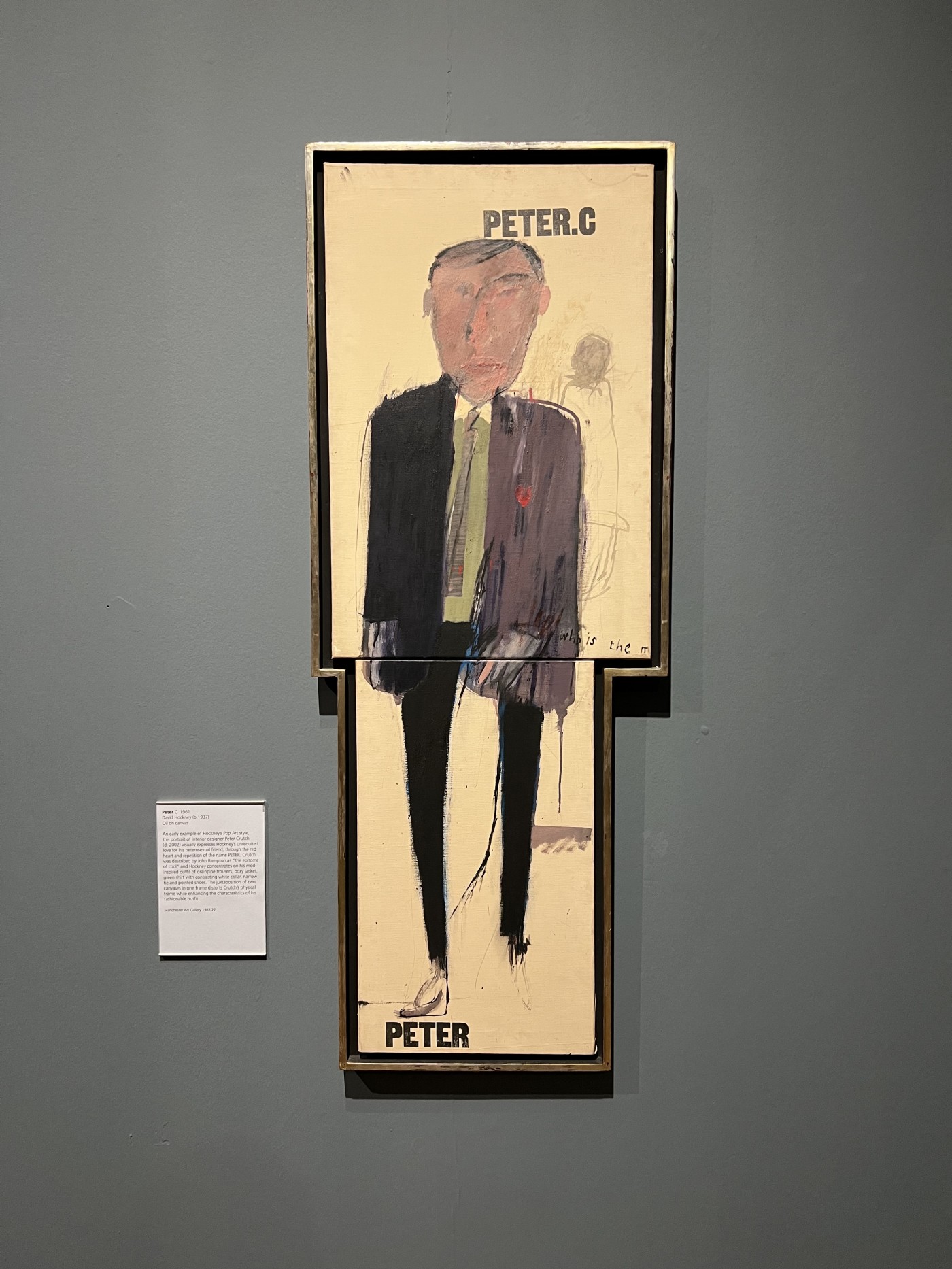
David Hockney's Peter C
![]()
Artist duo Gilbert & George's iconic suits
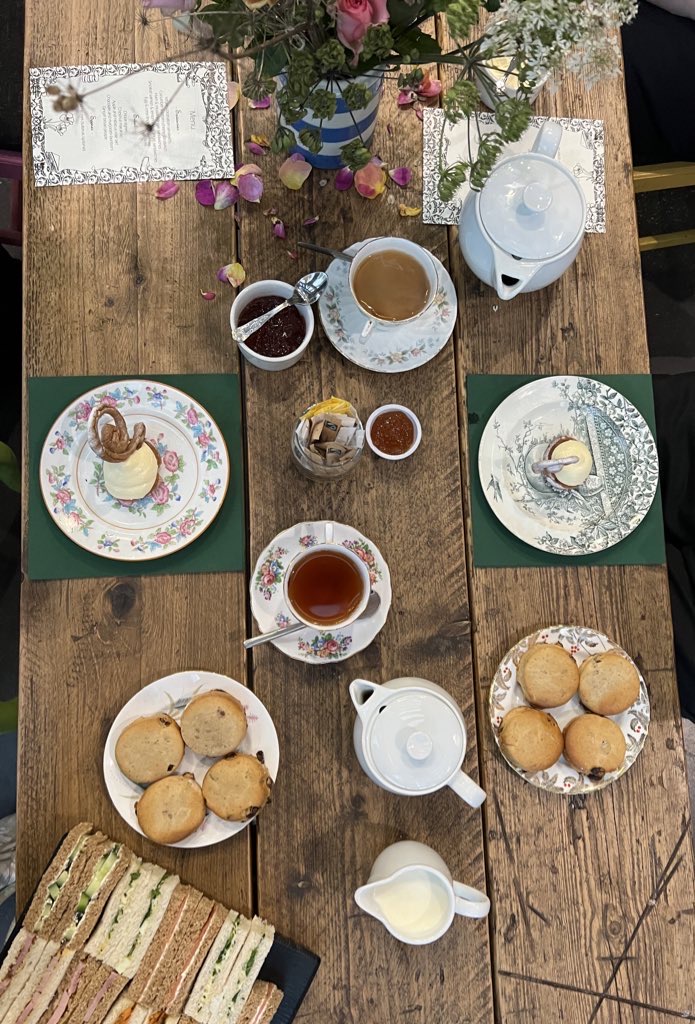
Afternoon tea at GROW Cafe

Colourful table settings at GROW Cafe
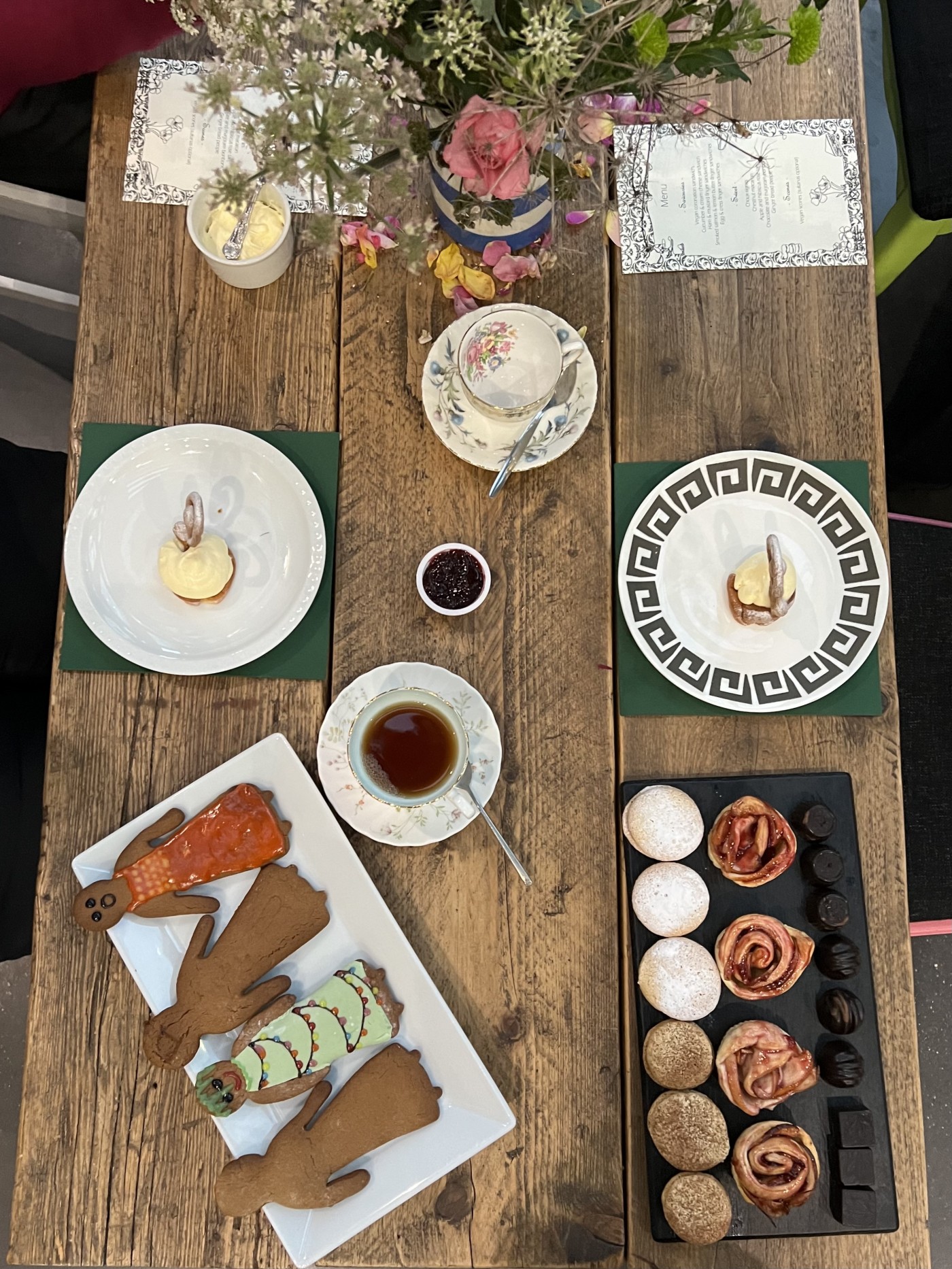
Costume themed afternoon tea at GROW Cafe